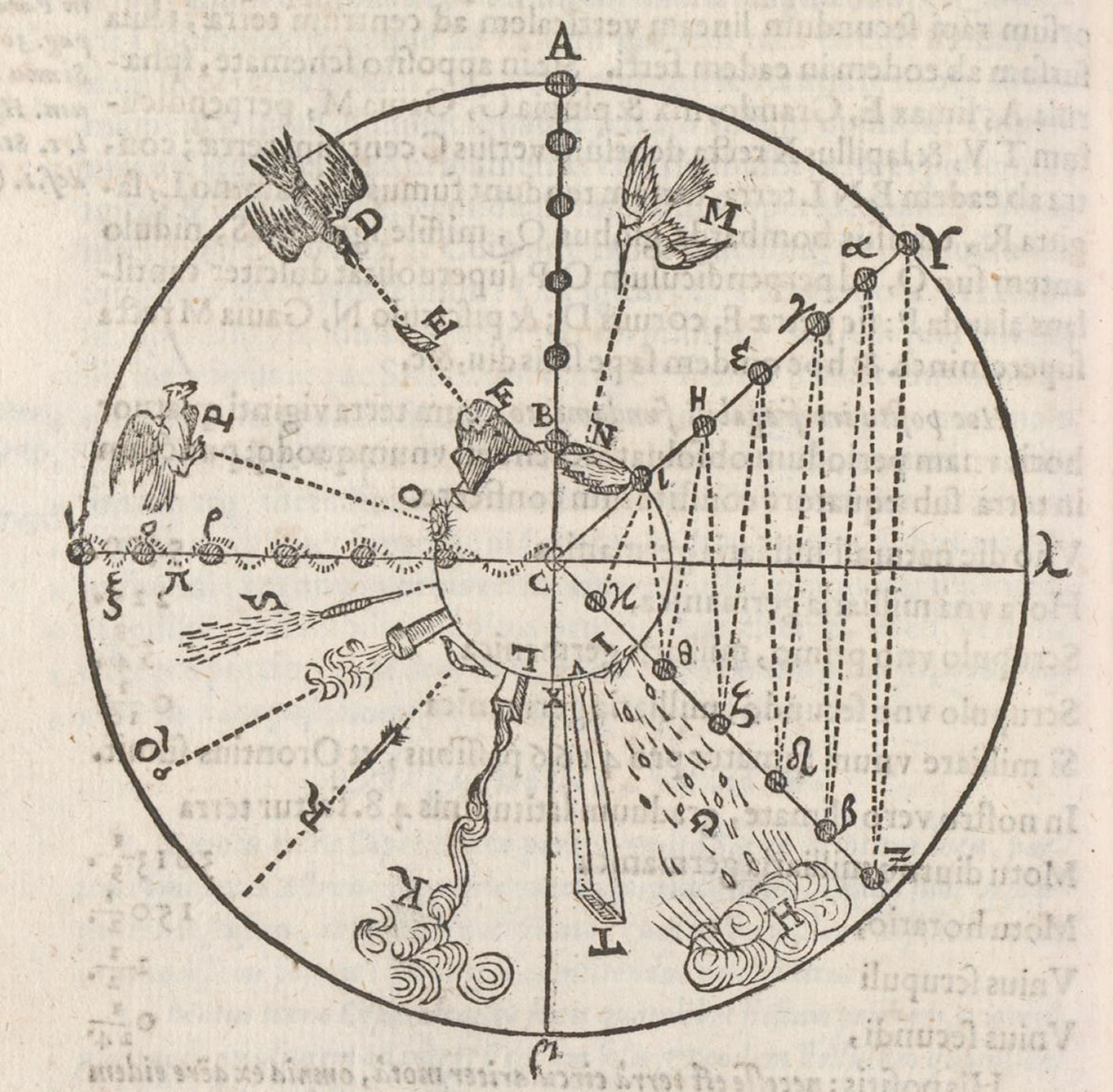Galileo, Scheiner and the Earth's rotation
Disquisitiones mathematicae
From 1610 to 1615 Galileo publicly advocated Copernican theory. In February 1615 he received a dispatch of a small work from Ingolstadt by his rival, the Jesuit priest Christoph Scheiner: external page "Disquisitiones mathematicae de controversiis et novitatibus astronomicis" (1614). It contains countless arguments against Copernican theory and Scheiner's invitation to Galileo to take a stand on this.
The author of the work, published in 1614 in Ingolstadt, was in reality Johannes Gregorius Locher, a pupil of Scheiner’s; but the Disquisitiones contain Scheiner's body of thought, which Galileo could see perfectly well and which Scheiner himself later admitted.
An ever growing resentment developed between the two scientists. To this day we don’t know whether Scheiner played a role in Galileo's condemnation. In any case Galileo berated his antagonist after the trial in the fiercest terms and called him among other things a "swine" and a "spiteful ass" (Galileo Opere XVI 391).
Galileo's commentary on the Disquisitiones
Galileo's reply to the Disquisitiones is first contained in the Dialogue of 1632. In a text passage from the Second Day (II 604–609), Galileo trashes with bitter irony an illustration in Scheiner's work with which a counterargument to the daily rotation of the Earth is explained.
Scheiner was imagining what would actually happen if it was the Earth that was rotating. What effect this would have on a body that fell from the Moon or on the flightpath of a rocket, the flight of a bird, hail, etc., that falls from the sky. In Scheiner's work, the illustration was enriched with explanatory texts but Galileo ignored them in his scathing review.

With Galileo this is what we read this about the illustration:
- SAGR. Show, please! Ah, what lovely little pictures! These birds, globes and other beautiful things!
- SIMP. There are globes that come out of the Moon's sphere.
- SAGR. So what's this?
- SIMP. It's a snail known here in Venice as bovoli; it is also coming out of the Moon's spheres.
- SAGR. Yeah, yeah; so the Moon has such a great effect on these crustaceans, which we call pesci armai.
Galileo goes on to deal with Scheiner's arguments as follows:
"Simplicio explains […] off the cuff the first argument of the Disquisitiones. Thereupon, at Simplicio's request (Dialogue II 565), Sagredo sends a servant to fetch both works – Chiaramonti's De tribus novis stellis (1628) and Scheiner's Disquisitiones (Dialogue II 566–568) – so the texts can be quoted verbatim (Dialogue II 602ff.)."